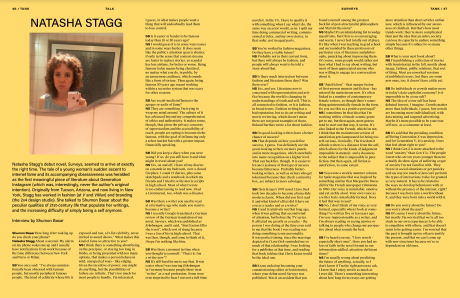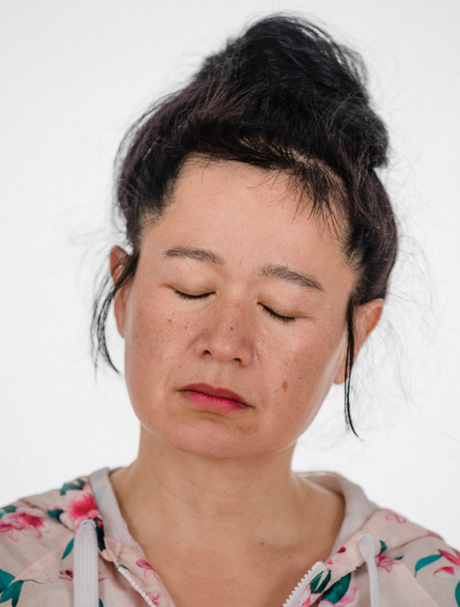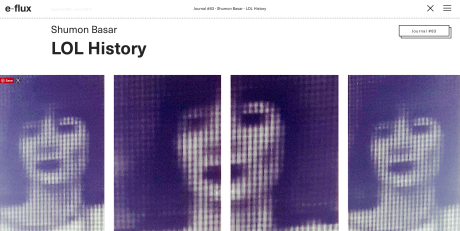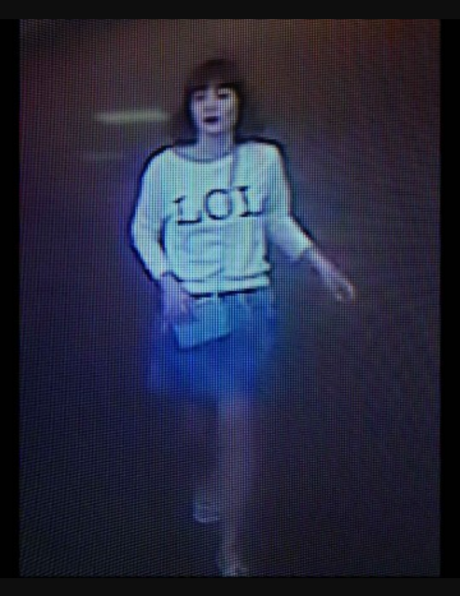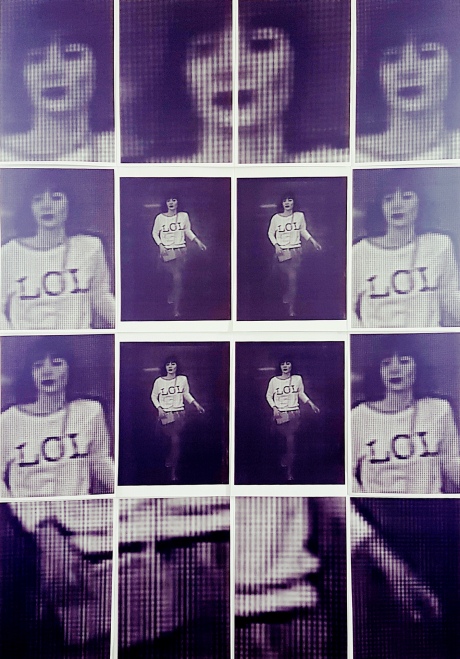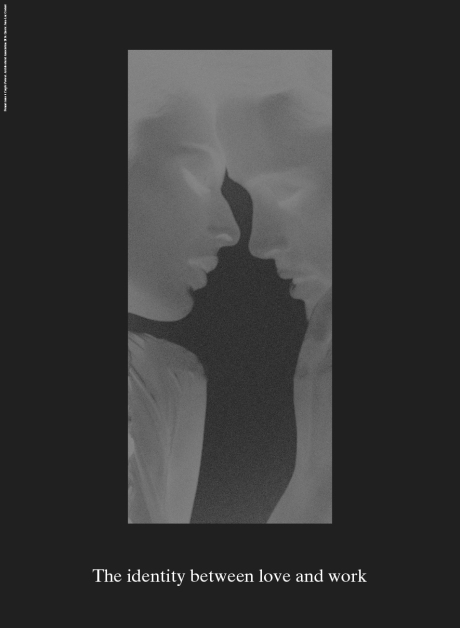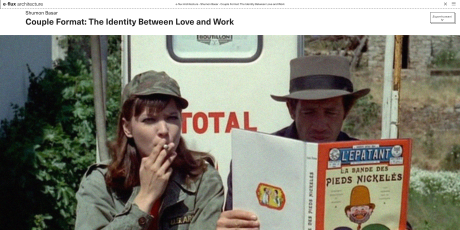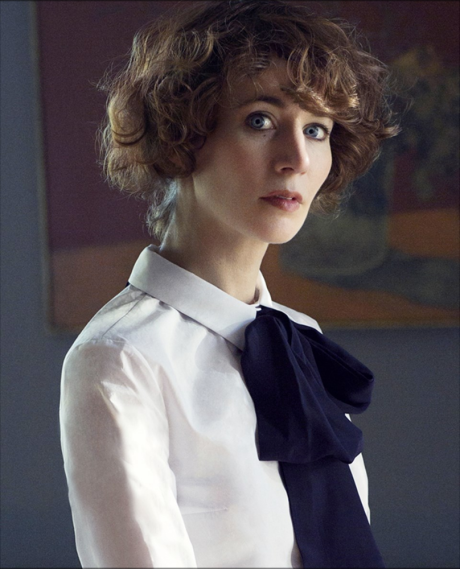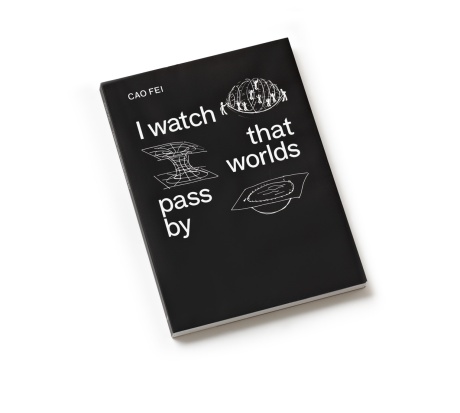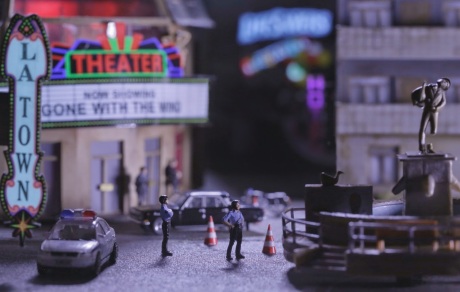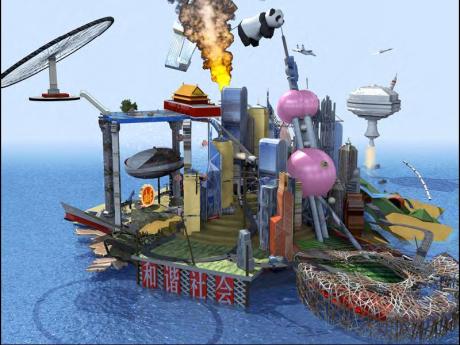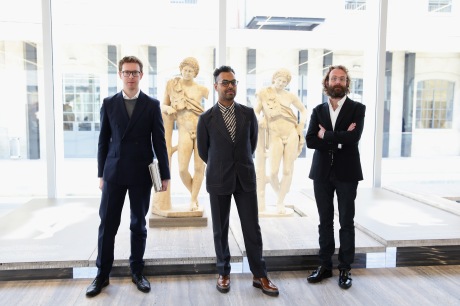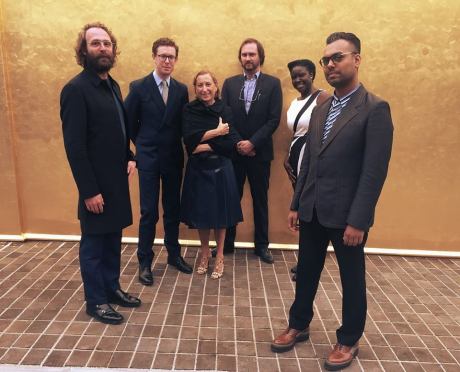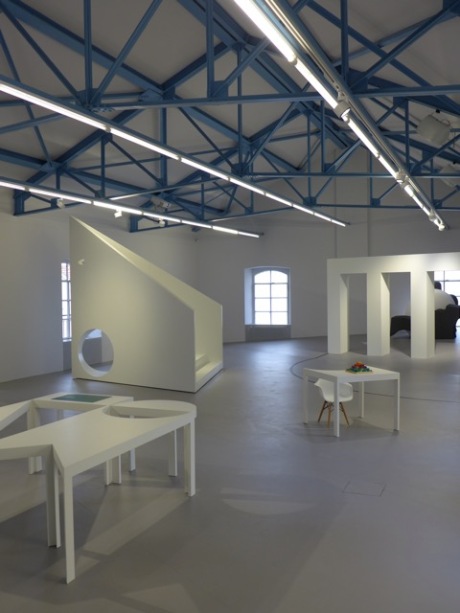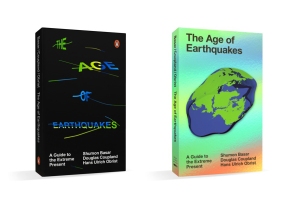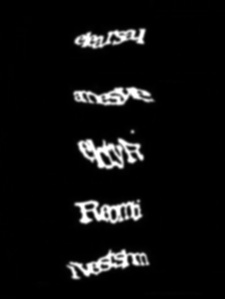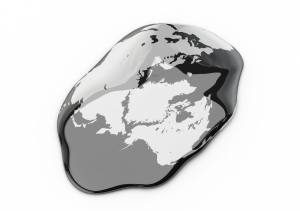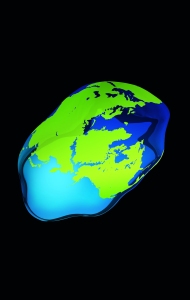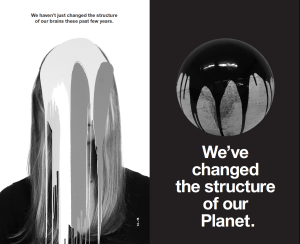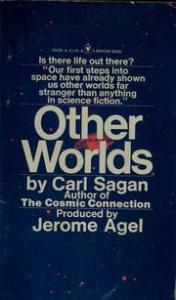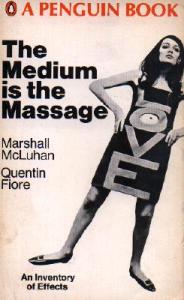Is it strange that one of the few times I really feel like writing these days is when someone I hold dear—without necessarily knowing them personally—dies? Here’s the next, about one of my favourite filmmakers, Nicholas Roeg, who passed away in late November, 2018:
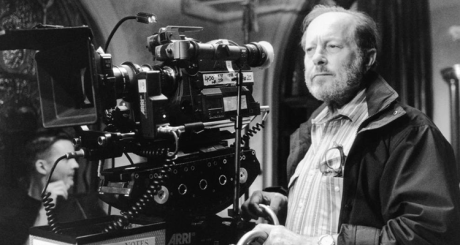
I’m sitting by Checkpoint Charlie in wintry Berlin, listening to a haunted piece of music called “Subterraneans”. It’s from a 1976 album by David Bowie, entitled Low, which was recorded partly in Berlin, where Bowie was then resident, recovering from California and cocaine. I’m listening to this song because a few days ago the mercurial British filmmaker Nicholas Roeg passed away, aged 90. He leaves a dazzling, complicated legacy, including a film called The Man Who Fell To Earth, also from 1976, which starred Bowie as an earth-stranded alien and, in my opinion, presented him as the most beautiful man that ever lived.
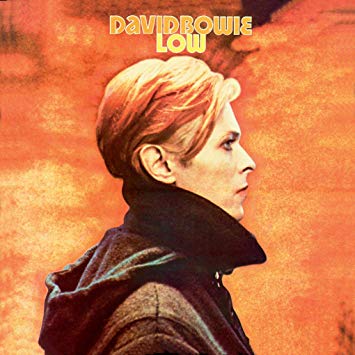
The cover of Low is a profile shot of Bowie as Thomas Jerome Newton, the human pseudonym alien-Bowie adopts in Roeg’s saga. His hair, burnt orange; the sky behind, sulphur yellow. A toxic miasma of some placeless other place. Bowie intended side two of Low (remember records?) to become the film score in The Man Who Fell To Earth, which explains its abstract plaintive soundscapes, like aural transmissions from a distant planet. This music never got used in the final cut, but it didn’t matter: Roeg and Bowie created one of cinema’s truly seminal science fictions. Over the course of his time on earth, Thomas Jerome Newton drowns in contemporary America’s addictions. Booze, money, television. All the while condemned to repeat an inner image of the nuclear family he left behind on his water starved home, many millions of miles away. The Man Who Fell To Earth shows us humans how alien we are when we are at our supposedly most human.
Nicholas Roeg is best known for a suite of ten films released between 1970 and 1990 and for a career that saw his singular brilliance subsequently punished by film studios and mid-brow gatekeepers. I started watching his work in my mid-teens, out of chronological sequence, thanks to the providence of British network TV channels who happily broadcast weird stuff late at night. As such, Roeg was instrumental in my nascent love for cinema: as a distinct place where time and memory, sex and death, desire and dissolution could agitate one another and, in doing so, produce sensual and intellectual pleasure. With each new film I encountered, it became clear to me that Roeg was the poet-terrorist of fractured narratives, relationships and landscapes.
Of the latter, see Walkabout, from 1971, where a young brother and sister are inexplicably shot at by their deranged father, who then sets his car and himself on fire, leaving the two children stranded, alone in the Australian outback. They’re joined by a young Aboriginal boy. Together, they traverse the arid landscape – through desolate farms and white Australians and nature’s avenging bounties – unable to speak each other’s language, and yet, as reviewer Roger Ebert wrote, the film is ultimately about “the mystery of communication”. It’s also remarkably tender, a reminder that racism is something inculcated by adults in children, not an inherent feature found in the young.
Or there’s Don’t Look Now, from 1973, this time framed around a bereaving couple. Water is everywhere. Water drowned Laura and John’s young daughter outside their family home. And now water surrounds the city of Venice, where the couple have gone to try and recompose their shattered life. Except grief never really goes away. Sometimes it haunts you, dressed in the same red coat your daughter wore when she died in front of you. Don’t Look Now intercuts the present with the trauma of the past. The atomic material that constitutes film – images, sounds – is the same material pain presents itself to the mind’s eye.

The critic Mark Cousins once said, if there is one film any aspiring filmmaker should see to understand what the medium is capable of, it’s Performance, co-directed by Roeg and artist-turned-scriptwriter Donald Cammell, from 1970. Authorial wrangles aside (such debates are essentially conservative; collaboration is ultimately mysterious), Performance drenches the screen in psychosexual energy, by way of Jorge Luis Borges and RD Laing’s recent theories of the Divided Self. James Fox and Mick Jagger’s characters – gang boss and rock icon respectively – are nothing alike. This is what makes them destined to fuse, neurologically, spiritually, in a dimly lit bohemian basement of a West London terrace house. The editing in Performance is abrupt and elliptical. It’s like being invited into a fever dream of identity and alterity.
Prior to becoming a director, Roeg had an established career in the 1960s as a cinematographer for The Masque of Red Death (by Roger Corman), Fahrenheit 451 (by Francois Truffaut) and Petulia (by Richard Lester). I would go so far to say that every great practitioner, of whatever discipline, has had a pre-life doing something else. It’s the pre- that fuels the present.
Throughout his other films – Bad Timing, Eureka, Insignificance, to name a few — Roeg seemed to burn fragmented images in my own mind’s eye. Many of these films star his long time muse and second wife, the actress Theresa Russell, who summoned Siren-like beauty and off-kilter distress. Roeg, at the peak of his powers, smuggled avant-garde film language into mainstream film viewing, setting the way for someone like Paul Thomas Anderson to do the same today. That Roeg was unable to make another feature after 1990 – and perhaps his nadir was a 1995 cable-erotica entitled Full Body Massage (the title is everything, right?) – says more about how formalist genius is frequently disdained and disowned in Anglo-Saxon cultures, tagged with that damning, lazy qualifier: “difficult.”
Life isn’t easy, is it? So why should the art which attempts to crystallise life aim to be anything but difficult? Nicholas Roeg knew this and exposed this, 24 frenetic, fractured frames per second. ◉
Postscript: By the time I reached the end of writing this text, the world learned that Italian film-director Bernardo Bertolucci had also just passed away. Contemporaneous with Roeg – although younger by some 12 years – Bertolucci’s legacy includes Marxist inflected The Spider’s Stategem, The Conformist (both 1970) and the brutal sex-dirge Last Tango in Paris (1972), although the latter has been retroactively dethroned by admissions of sexual violence against its lead, Maria Schneider, by none other than Bertolucci himself. Like Roeg, Bertolucci’s was a career that shape-shifted, with moments of undeniable brilliance. He went from vital political relevance (though that was contested by Maoist-era Godard) to something, later in life, closer to theatrical pomposity. Aging is hard enough. Enduring relevance and longevity in what you do: harder still.
*Originally published on tankmagazine.com
